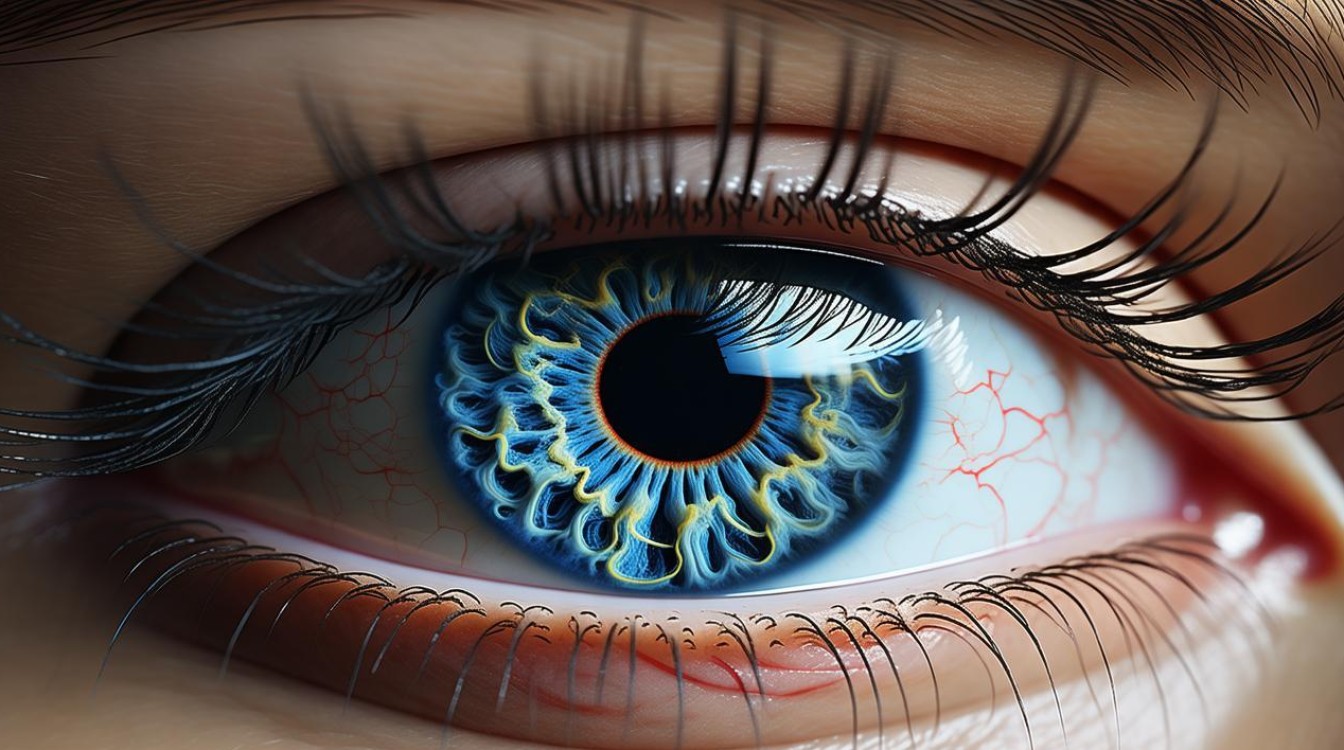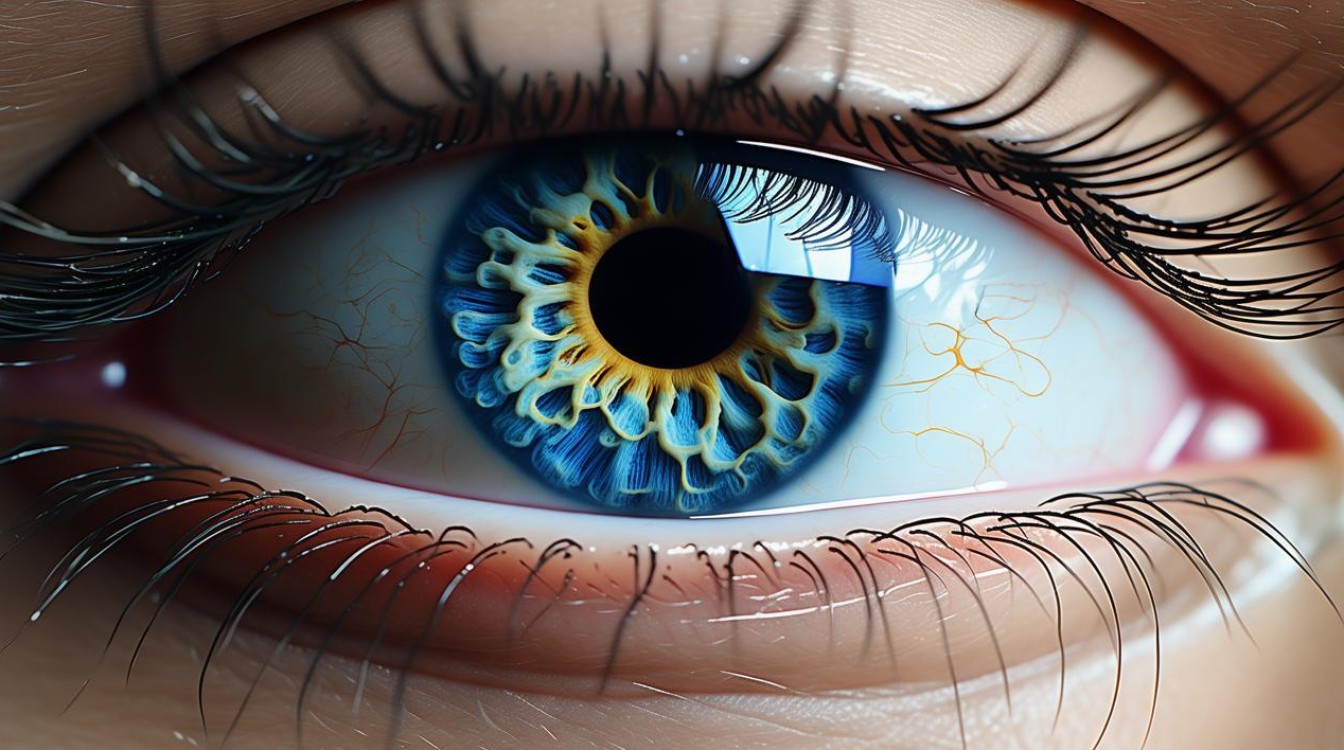Eyes are often called the windows to the soul, and English offers a rich vocabulary to capture their many shades, shapes, and expressions. Whether you're a writer seeking precision, a student expanding your lexicon, or simply fascinated by language, this guide explores the most evocative words for describing human eyes.

Words for Eye Color
The color of eyes can define a person’s appearance and even personality in storytelling. Here are some vivid terms:
- Azure – A bright, sky-like blue, often associated with clarity and calmness.
- Sapphire – A deep, jewel-toned blue, suggesting intensity.
- Emerald – A striking green, vibrant and full of life.
- Hazel – A mix of brown, green, and gold, shifting in different lights.
- Amber – Warm, golden-brown, sometimes with a honeyed glow.
- Onyx – Deep black, often used for eyes that seem mysterious or penetrating.
- Steel-gray – Cool, sharp, and sometimes unreadable.
- Ivory – A pale, almost white shade, rare but striking.
Words for Eye Shape and Structure
The physical structure of eyes can convey emotion and character:
- Almond-shaped – Slightly elongated with tapered ends, often considered elegant.
- Doe-eyed – Large, round, and innocent-looking.
- Hooded – Where the eyelid is less visible due to a fold of skin.
- Deep-set – Recessed into the face, creating shadows.
- Monolid – Without a distinct crease, common in East Asian features.
- Close-set – Eyes positioned nearer to the nose.
- Wide-set – Eyes spaced farther apart.
- Downturned – The outer corners slope slightly downward.
- Upturned – The outer corners lift slightly, giving a cheerful look.
Words for Eye Expressions and Emotions
Eyes reveal feelings without words. These terms capture different emotional states:

- Piercing – Intense, as if seeing through someone.
- Luminous – Bright and full of light, often joyful.
- Glassy – Unfocused, sometimes due to exhaustion or intoxication.
- Soulful – Deeply emotional, often melancholic.
- Shifty – Avoiding direct gaze, suggesting deceit.
- Burning – Full of passion or anger.
- Dull – Lacking brightness or energy.
- Misty – Slightly teary, as if holding back emotion.
- Twinkling – Playful and full of mischief.
- Wary – Cautious and watchful.
Words for Eye Movements
How eyes move can tell its own story:
- Darting – Quick, nervous glances.
- Flickering – Brief, uncertain movements.
- Locked – Fixed intently on something.
- Wandering – Moving without focus.
- Rolling – Expressing annoyance or disbelief.
- Blinking rapidly – Surprise or nervousness.
- Squinting – Narrowing in suspicion or effort to see.
Metaphorical and Poetic Descriptions
Writers often use figurative language to bring eyes to life:
- "Her eyes were stormy seas." – Turbulent with emotion.
- "His gaze was a blade." – Sharp and cutting.
- "Eyes like molten gold." – Warm and mesmerizing.
- "A gaze heavy with unspoken words." – Full of meaning.
- "Eyes like shattered glass." – Broken, reflecting pain.
Cultural and Literary References
Different cultures attribute unique meanings to eyes:

- In Japanese aesthetics, "me" (目) refers to eyes, but phrases like "hitomi" (瞳) describe the pupil with poetic weight.
- Arabic poetry often compares eyes to "almonds" or "gazelles", symbolizing beauty.
- Shakespeare famously wrote of "the mirror of the soul", reinforcing the idea that eyes reflect inner truth.
Scientific and Medical Terms
For those interested in anatomy:
- Iris – The colored part controlling light entry.
- Pupil – The black center that dilates or contracts.
- Sclera – The white outer layer.
- Cornea – The clear protective covering.
- Conjunctiva – The thin membrane over the sclera.
Final Thoughts
The right word can transform a simple description into something unforgettable. Whether crafting a novel, studying language, or appreciating human expression, these terms offer endless ways to articulate the beauty and complexity of eyes.

